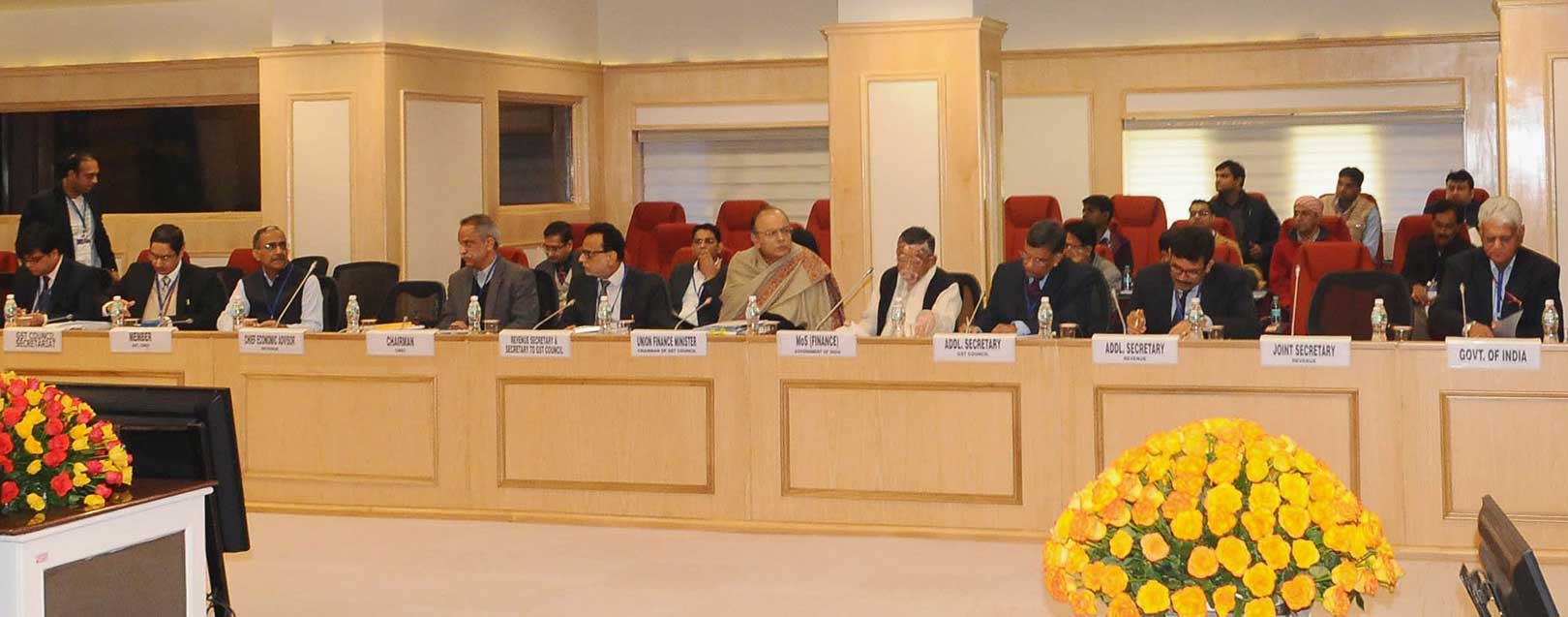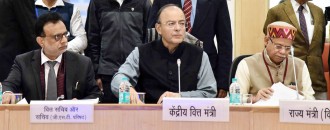
Breakthrough by the GST Council and challenges ahead
Ranjeet Mahtani & Stella Joseph
This week saw the GST Council make great strides in gathering consensus on unresolved issues. Three key decisions emerging from the meeting held on January 16, 2017 were as under:
- Consensus was achieved on the aspect of dual control between the Centre and the States.
- It was also agreed that States would have the power to tax activities carried out within 12 nautical miles.
- It was felt by the GST Council that July 1, 2017 seems to be the likely date when GST will be implemented in the country.
As regards the aspect of dual control, it was decided that for assessees with an annual threshold of Rs. 1.5 crores or less, the States would have power to administer i.e. power to audit, send notices and scrutinise for 90% of the assessees whereas the remaining 10% will be administered by the Centre. For assessees having turnover of above Rs. 1.5 crores, both Centre and States will have equal powers (i.e. 50% each) to administer these assessees. Further, this division would also apply to inter-state supplies which will therefore also be administered by both the Centre and the States. Which assessees will be administered by the Centre and which by the States will be decided by computer software and hence not be subjected to any human discretion.
One may recall that in terms of the newly inserted Article 246A of the Constitution, the Parliament has the exclusive powers to make laws in respect of inter-state supplies. Further in terms of Article 269A, GST on inter-state supplies shall be levied and collected by the Central Government and apportioned between the Centre and the States in the manner as provided by the Parliament by law on the recommendation of the GST Council. In this background, it will have to be seen how the division of administrative control as decided by the GST Council will be implemented.
Further, it is unclear what happens as regards an assessee whose turnover in one year is below Rs. 1.5 crores and in the next year, is above Rs. 1.5 crores – will the administrative authority in this case change from Centre to State (or vice versa)? Is there a possibility of periodical change of administrative authorities? If so, this problem will be exponentially greater for an entity having GST registrations in all/most States.
The aspect of the coastal States having the power to tax activities within 12 nautical miles is a position which also exists under the present VAT laws.
The timeline of July 1, as expressed by the GST Council may also be affirmed by the Hon’ble Finance Minister while delivering the Budget scheduled on February 1, 2017. One hopes that the industry is given sufficient time to prepare before GST is implemented in the country.




-Vertical.jpg)



 to success.
to success.